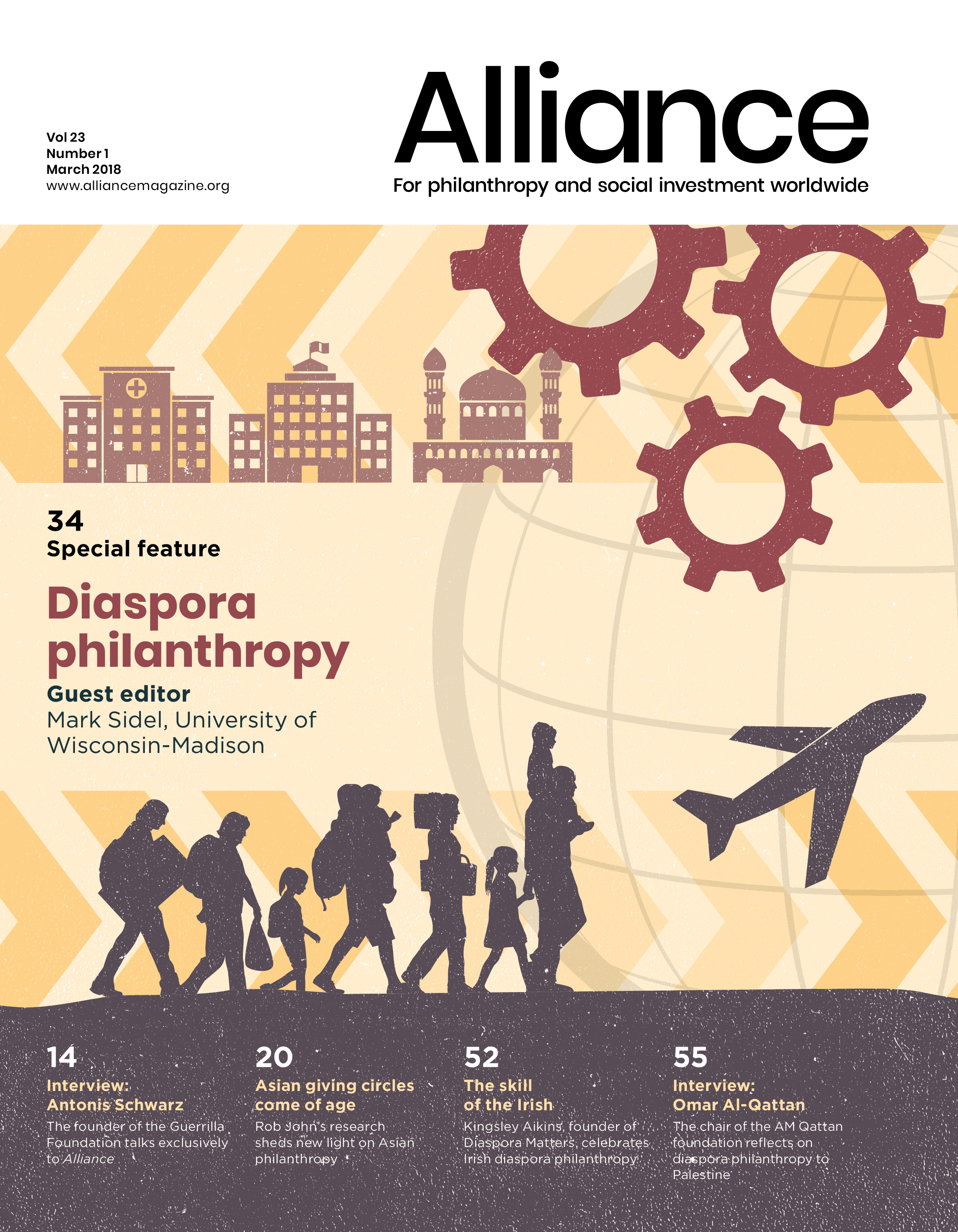As the Chinese diaspora diversifies, so too is its giving, dramatically expanding the traditional model of small-scale philanthropy.
Over a decade ago, in the groundbreaking volume Diaspora Philanthropy and Equitable Development in China and India (2005, edited by Peter Geithner and colleagues), the picture of the Chinese diaspora giving back to China was mostly small-scale – family gifts back to villages and clans to support health clinics and schools, for example.
In the years since, that family-based giving back to localities in China has dramatically expanded.
But it has been joined by new forms of diaspora giving, often in much larger amounts, in a diversification of diasporic engagement which we are seeing in other countries as well.
The iconic example of that diversification is Chinese higher education. In the 1990s, large diaspora gifts to Chinese universities were relatively rare, in part because of the lack of trust that overseas, Hong Kong and Taiwanese donors had in China’s higher education institutions and their political managers in Beijing.
And at that time alumni associations that included diaspora graduates and development staffs searching for gifts were few and far between in Chinese higher education.
The cultivation of diaspora gifts to higher education and in other fields has now developed quickly, with national and provincial universities open for diaspora philanthropy.
But the diversification and growth in diaspora philanthropy takes other forms as well. Mixed remittances by families back to China for both family expenses and broader social use continue to take place.
Increasingly, the more diversified and younger Chinese diaspora givers are beginning to link up with – or at least engage in dialogue with – the surging activities of domestic philanthropy in China.
Today, newer generations and wealthier overseas entrepreneurs are often thinking in terms of social investment and social innovation in China, linking to a state-supported focus on innovation in service provision throughout China.
Increasingly, the more diversified and younger Chinese diaspora givers are beginning to link up with – or at least engage in dialogue with – the surging activities of domestic philanthropy in China.
Where their efforts or dialogue are linked, it is often around the powerful theme of social innovation – new practices to improve the provision of social services and governance in China.
None of this diversification particularly threatens the Chinese Party and state, and thus the Chinese government sees no reason to restrict it.
Provincial officials may attempt to channel or mould larger diasporic gifts to projects supported by provincial governments or officials, but intense anti-corruption efforts in recent years may be restricting such pressures.
Despite a highly centralized, even authoritarian government, China remains arguably less focused on channelling the work of its diaspora than India or some other countries.
Yet as in the case of diaspora giving to India and many other countries, we can see the highlights of large and small diaspora giving activities but we do not yet have the comprehensive data that would make more detailed analysis possible.
Those gathering philanthropic data in China – such as the China Foundation Centre and the Ministry of Civil Affairs – either are not tasked with gathering data on diaspora giving, or, as in many other countries, find gathering such information very difficult.
As diaspora giving diversifies and grows rapidly in China, more data on this phenomenon would help give us a clearer picture of how the Chinese diaspora is affecting Chinese livelihoods on the ground in the country.
Mark Sidel is Doyle Bascom professor of law and public affairs at the University of Wisconsin-Madison, and a consultant for Asia at the International Center for Not-for-Profit Law.
Email mark.sidel@wisc.edu








Comments (0)